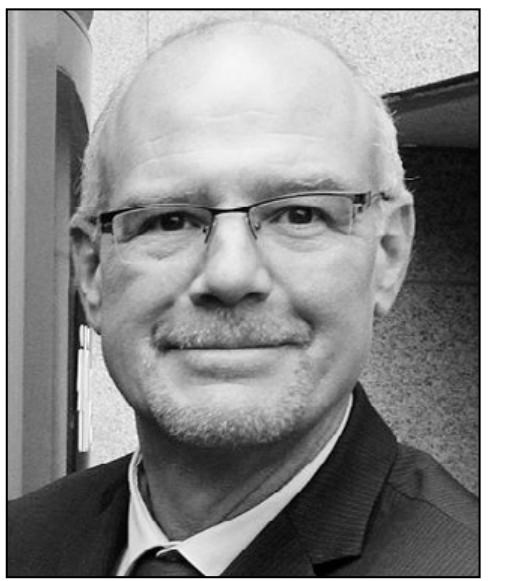Bowing to community pressure, Victoria councillors Thursday reinstated $100,000 they had earlier cut from social-housing funds as part of budget austerity measures.
The proposed reduction to the city's Housing Trust Fund, trimming it to $150,000 from $250,000, had come as the councillors struggle to keep future tax increases below 3.25 per cent, a target that requires shaving $6 million from the city budget.
The change of heart means the city will continue to put a total of $500,000 into the Capital Regional District and the city's own housing trust funds.
Some councillors warned that failure to stick to the earlier decision will mean they will ultimately have to cut elsewhere - perhaps in bus shelters or park improvements.
"I'm quite happy to reverse my vote and go back to the $500,000 in the housing because I think it is a significant priority for us," Coun. Chris Coleman said. "But I realize that will cause us some pain in other areas."
Arguing in favour of restoring the funds, Mayor Dean Fortin said the city needs to remain committed to ending homelessness.
"We're going through budget reduction strategies because we recognize affordability is an issue for our community. But we're not cutting budgets just to cut budgets. We will protect what it is important," Fortin said.
Victoria Cool Aid Society executive director Kathy Stinson urged councillors to reconsider the cut, saying the investment pays dividends.
"Quite simply put, without your support, little or no low-income or supportive housing gets built," Stinson said.
Henry Kamphof, Capital Regional District Housing Secretariat senior manager, has estimated the leveraging factor of the housing trust funds at 14 to one, Stinson said. That means about $6.6 million that has been allocated in trust funds has generated $92 million in affordable-housing assets throughout the region.
Councillors also backed off a decision to shift $100,000 of its housing contributions to the CRD housing trust fund, which receives contributions from most of the municipalities in the CRD. That was designed to counter the trend that sees the majority of social housing located in Victoria - more specifically, the Burnside-Gorge area where land is cheaper - because developers can get access to both Victoria's and the CRD's housing trust funds.
Coun. Charlayne Thornton-Joe said she has heard concerns from residents of Burnside-Gorge about the amount of social housing being located there.
Between 2005 and 2011, 152 of the 284 Victoria units of social housing that got CRD grants were in the Burnside-Gorge neighbourhood, she said.
And of the proposals given CRD grants, 14 were in Victoria compared with one in Sooke (10 units), three in Saanich (55 units) and three on Saltspring Island (44 units).
Coun. Shellie Gudgeon said Victoria has to put aside ego and show leadership in the development of more social housing throughout the region.
"It's a regional issue," Gudgeon said, adding that downtown is walkable from Esquimalt or Oak Bay.
Coun. Ben Isitt said affordable housing should not necessarily be viewed as a burden.
"A number of the units we are creating are taxable. So we are actually creating new, taxable units that do create year over year revenue," Isitt said, adding not all social housing is transitional housing for the hardest to house.
"If we're creating more family co-op housing and housing that is completely compatible with residential neighbourhoods, we're actually growing our property tax base in the process," he said.



